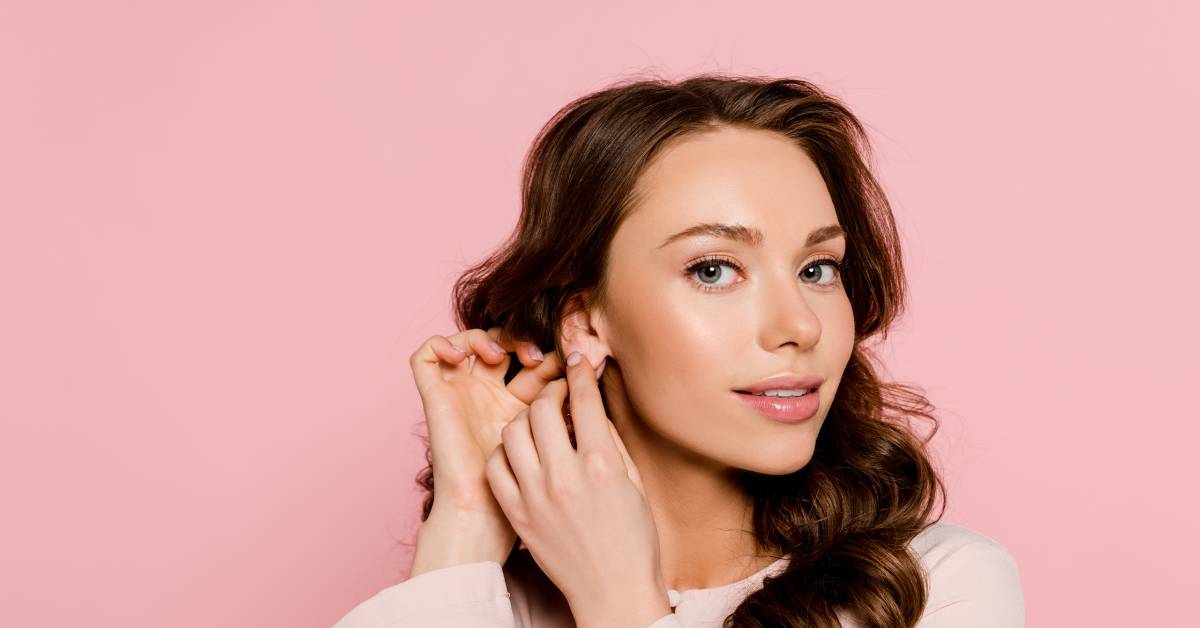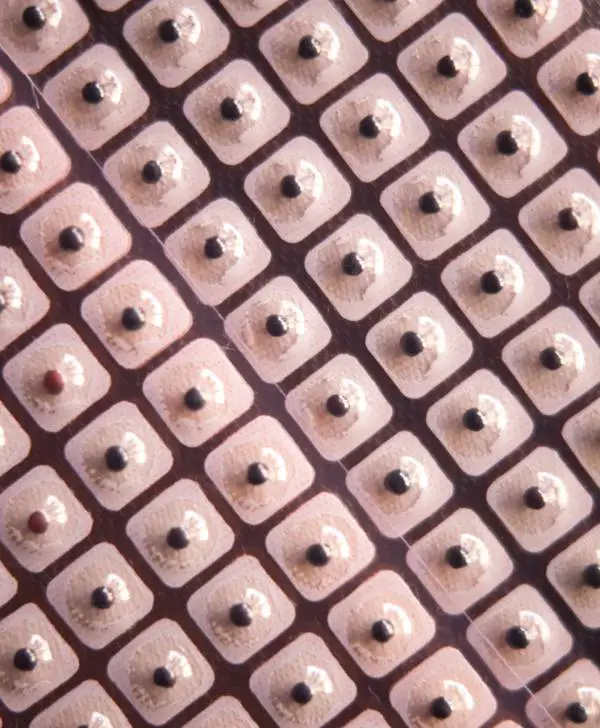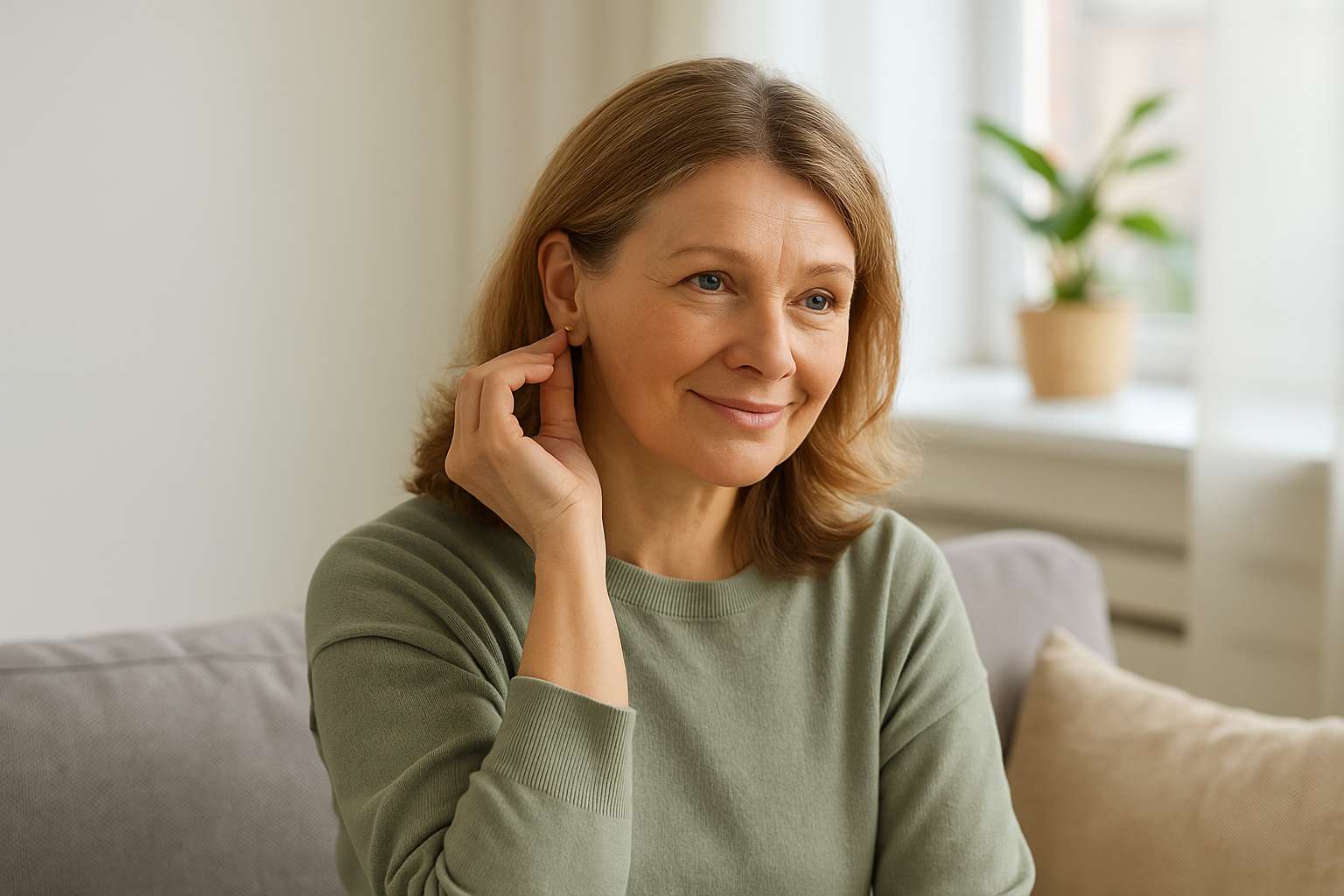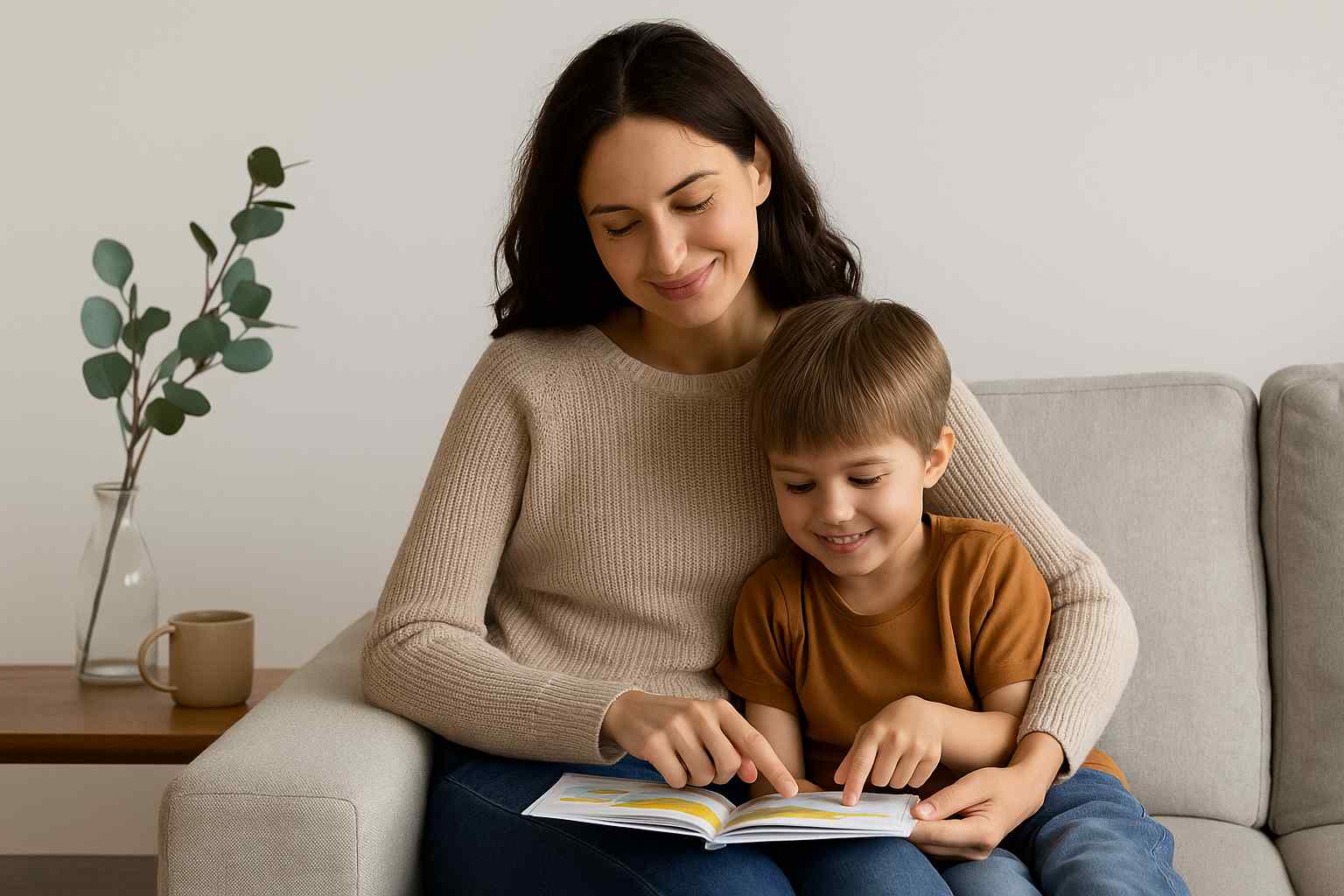Ear seeds have gained prominence in alternative medicine in recent years. These tiny seeds are often derived from the vaccaria plant. Many have embraced them for their potential therapeutic benefits. Their growing popularity is due to their simple application. Additionally, they offer a holistic approach.
As we delve deeper into earseeding, it’s essential to approach the topic with an open mind, understanding that while many swear by the benefits of ear seeds, individual experiences may vary.
What are Ear Seeds?
Ear seeds are tiny seeds used to stimulate specific acupressure points in the ear. Rooted in the principles of traditional Chinese medicine, these seeds serve as non-invasive tools to alleviate various health concerns potentially. Their application is often referred to as “ear seeding.”
Types of Ear Seeds
There are several types of ear seeds available, each with its unique properties:
- Gold Ear Seeds:
- Made from real gold, these seeds are believed to have warming properties in traditional Chinese medicine.
- They are often chosen for their aesthetic appeal and are considered a premium option in ear seeding.
- Silver Ear Seeds:
- Crafted from genuine silver, these seeds are said to have cooling properties.
- They offer a balance between aesthetics and functionality.
- Vaccaria Ear Seeds:
- Derived from the seeds of the vaccaria plant, these are the most traditional type used in ear seeding.
- They are natural, free from metals, and are often preferred for their hypoallergenic properties.
What is the difference between gold and silver ear seeds?
While gold and silver ear seeds offer therapeutic benefits, the primary distinction lies in their inherent properties per traditional beliefs. Gold ear seeds, with their warming attributes, are often recommended for conditions requiring heat, while silver, with its cooling nature, is suggested for needs that benefit from a cooling effect.
What Are the Benefits of Ear Seeds?
The practice of using ear seeds has been rooted in traditional Chinese medicine for centuries. As it gains traction in the modern world, many are curious about these tiny seeds’ potential benefits. Here’s a breakdown:
- Pain Relief
- Improved Sleep
- Mental Health
- Addiction
- Headaches
- Weight Loss
- Infertility
- Safe and Noninvasive
Do Ear Seeds Actually Work?
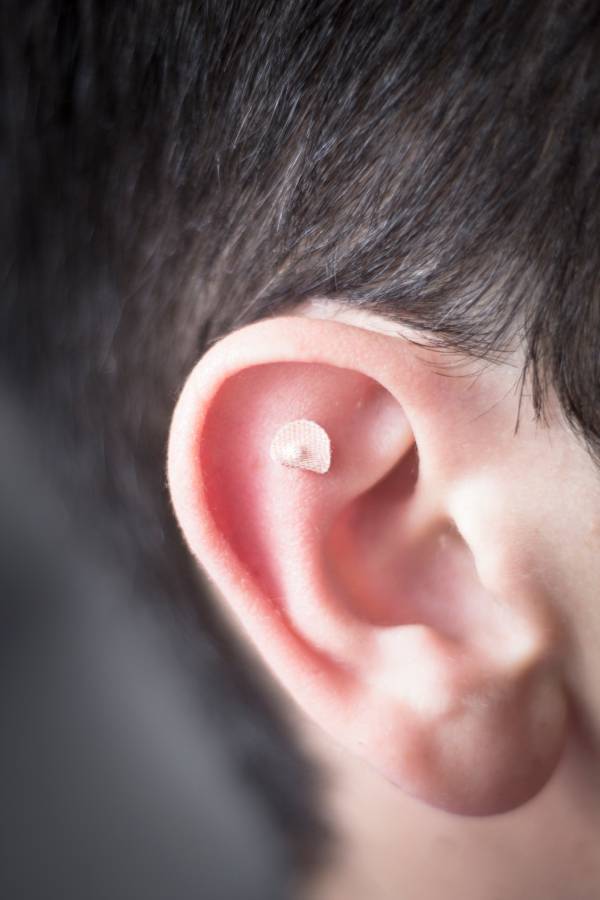
Ear seeds are effective due to a specific principle. This principle, auriculotherapy, views the ear as a microsystem representing the entire body. Each specific point on the ear corresponds to a particular part or function of the body. By stimulating these points, practitioners aim to address various health concerns. Dr. Paul Nogier, often regarded as a pioneer in this field, introduced systematic research on this topic. His groundbreaking work, which presented the innovative idea of a fetal Homunculus projection on the ear, has been extensively documented. While individual experiences with ear seeds may vary, the practice is deeply anchored in traditional Chinese medicine principles and has been explored for potential therapeutic benefits.
Research on the Efficacy of Ear Seeds
Recent scientific endeavors have delved into the potential benefits of auricular point acupressure (APA) in pain management. One notable study titled “Effects of Auricular Point Acupressure on Pain Relief: A Systematic Review” embarked on a comprehensive evaluation of APA’s impact. From an initial pool of 2,438 articles, a meticulous screening process distilled the selection to 46 randomized controlled trials (RCTs), encompassing 4,115 participants aged between 4.53 to 82.13 years. These trials spanned a spectrum of pain types, both acute and chronic, and employed varied control methodologies, from experimental to placebo controls.
Key Insights from the Study:
- A majority of the RCTs, precisely 38 out of 46, secured a Jadad score of 3, reflecting a moderate quality in the research design.
- A commendable 8 RCTs surpassed this, achieving a higher Jadad score of 4 or 5.
- The overarching conclusion highlighted APA’s efficacy in not only diminishing average pain intensity but also in curtailing analgesic consumption. Furthermore, there was a notable reduction in the reliance on patient-controlled analgesia (PCA) in the intervention group when juxtaposed with the control group.
The Efficacy and Safety of Auriculotherapy for Weight Loss: A Systematic Review and Meta-analysis
The realm of weight management has seen growing interest in alternative treatments, with auriculotherapy emerging as a potential contender. A recent systematic review and meta-analysis, “The Efficacy and Safety of Auriculotherapy for Weight Loss” delved deep into this subject. The study aimed to discern the effectiveness of auriculotherapy, specifically in the context of weight loss, by comparing it with no treatment or sham procedures. The research also differentiated between the impacts of auricular acupuncture and acupressure on Body Mass Index (BMI) in overweight individuals.
Key Insights from the Study:
- Auriculotherapy, especially when paired with lifestyle modifications, significantly reduced BMI compared to other groups.
- Both auricular acupuncture and acupressure were found to be beneficial in decreasing BMI.
- The study underscores the potential of auriculotherapy as a viable alternative treatment for weight loss, emphasizing its safety and efficacy.
Research on Auricular Acupuncture for Smoking Cessation
The detrimental health effects of tobacco smoking are well-recognized, leading to various interventions to promote smoking cessation. A randomized controlled clinical trial delved into the potential of auricular acupuncture as an intervention for adults aiming to quit smoking. The study involved 131 adults, of which 118 subjects (mean age of 53.7 ± 16.8 years; 100 males and 18 females) were analyzed after exclusions. Participants were divided into two groups: one receiving auricular acupuncture at specific points related to smoking cessation and the other receiving sham acupuncture on unrelated points for 8 weeks.
Key Insights from the Study:
- Initial assessments showed no significant differences between the two groups in terms of demographics, smoking history, or nicotine dependency.
- Both groups saw a significant reduction in cigarette consumption post-treatment. However, only the treatment group experienced a significant decrease in nicotine withdrawal symptoms.
- By the end of the treatment, the smoking cessation rate was 27.1% for the treatment group and 20.3% for the control group. These rates shifted to 16.6% and 12.1%, respectively, by the end of the follow-up period.
- No major side effects from auricular acupuncture were reported in either group.
Still curious about the science behind the effectiveness? Dive into our comprehensive article on ear seeds research and discover the evidence that’s turning skeptics into believers!
What Are the Side Effects of Ear Seeds
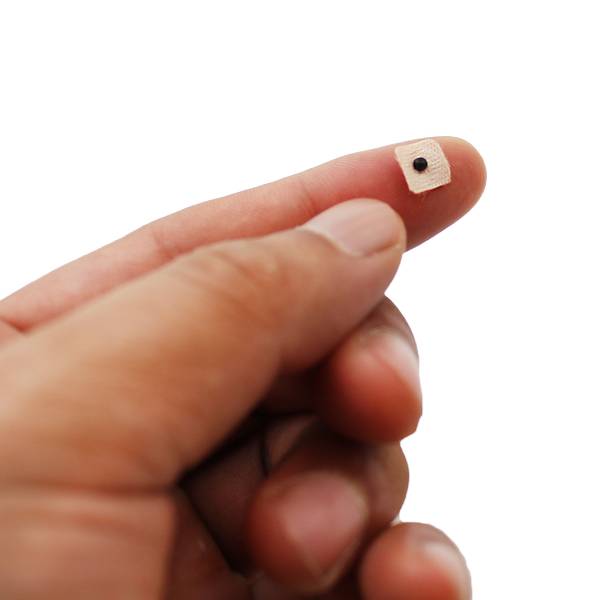
Ear seeds and auricular therapy, while generally considered safe, can have potential side effects. It’s essential to be aware of these when considering this form of alternative therapy.
Common Side Effects
- Skin Irritation: Some individuals may experience skin irritation or allergic reactions, especially if they have sensitive skin or are allergic to the adhesive used in some ear seeds.
- Tenderness or Pain: The area where the ear seeds are placed might become tender or slightly painful, especially if pressed.
- Infection: Though rare, infection is possible if the ear seeds are not sterile or are left on for an extended period.
- Ear Seed Displacement: On the off chance, given the diminutive size of ear seeds, there’s a very rare possibility of one falling into the ear canal. However, this is an extremely uncommon occurrence. To prevent this, users should ensure that the ear seed adheres securely. It’s always a good practice to check its placement from time to time.
Precautions and Recommendations
While it’s possible to place ear seeds yourself, especially with the various DIY kits available, it’s advisable for first-time users to consult with a trained acupuncturist. They can:
- Help identify the correct acupressure points.
- Ensure the proper placement and pressure of the ear seeds.
- Provide guidance on how long to leave them on and when to replace them.
How To Use Ear Seeds
For those interested in the therapeutic potential of ear seeds, it’s essential to understand how to apply them correctly. In this guide, we’ll teach you how to apply ear seeds at home safely.
Application: Step-by-step Instructions
- Clean your ear: Begin by ensuring your ear is free from dirt and oils by cleaning it with an alcohol swab.
- Find the acupressure points: If you’re new to ear seeds, it’s beneficial to consult a trained acupuncturist initially. They can pinpoint the specific acupressure points on your ear that align with your symptoms and guide you on the placement of the seeds. Alternatively, you can also grab an ear seeds kit with placement instructions. You may also take reference from our free ear seeds placement charts.
- Use tweezers: When applying the ear seeds, utilize tweezers to pick them up. They typically come pre-attached to adhesive tape, so avoid touching the sticky side. Once positioned, press gently on the tape to ensure it adheres well.
- Massage the ear seeds: To maximize their effect, gently massage them in circular motions two to three times a day, for about one to three minutes each time. This gentle pressure and movement can help stimulate the acupressure points.
- Rotate ears: We recommend applying the ear seeds on ONE ear at a time. After 2-4 days, remove the ear seed stickers and place fresh stickers on the other ear. By rotating the ear you apply the ear seeds, it allows the ear acupressure points to “rest” and remain sensitive to acupressure.
Learn from the Experts
For a more visual guide on how to apply ear seeds, check out the following video tutorial by Ms. Mai Sogawa, a renowned TCM Therapist. The video focuses on the popular Shen Men placement technique, making it an excellent resource for both beginners and those looking to refine their application skills.
How Long Do You Leave Ear Seeds In?
As mentioned, ear seeds should typically be left in place for three to five days. However, if they become uncomfortable or if there’s any irritation, it’s best to remove them sooner.
Why Do My Ear Seeds Hurt?
If you experience pain or discomfort, it could be due to incorrect placement or sensitivity to the adhesive. Always ensure you’re placing them on the right acupressure points and consult an acupuncturist if unsure.
Do Ear Seeds Go On Both Ears?
Yes, ear seeds can be applied to both ears, especially if the treatment is for a condition that affects the entire body. However, the specific ear or ears used can vary based on the condition being treated and the acupuncturist’s advice.
How Long Do Effects of Ear Seeds Last?
The effects can vary from person to person. Some might feel immediate relief, while others might notice changes after a few days. Regularly massaging the seeds can help prolong their effects.
Can You Reuse Ear Seeds?
No, it’s not recommended to reuse ear seeds. Once removed, they lose their adhesive property and might not be as effective.
Can I Shower With Ear Seeds?
Yes, you can shower with ear seeds. They are designed to withstand water, but it’s a good idea to avoid direct water pressure on them to ensure they stay in place.
What Are the Side Effects of Auricular Therapy?
Auricular therapy, which includes ear seeds, is generally considered safe. However, potential side effects might include skin irritation, minor bleeding, or dizziness. Always consult a trained professional if you experience any adverse reactions.
Can Children Use Ear Seeds?
Yes, children can use ear seeds, but always under the guidance of a trained professional. Ensure the child doesn’t swallow or choke on the seeds.

Try our Anti-Aging Gua Sha Tool designed to bring out your skin’s natural glow.
Best Gua Sha Product- Anti-Aging: The tool is designed to target 11 specific aging signs such as wrinkles and sagging skin. By following the 7-step routine, users can improve skin firmness and reduce fine lines naturally.
- Enhances Skincare Routine: It works effectively with serums and lotions, boosting absorption and efficacy of skincare products.
- Visible Skin Improvement: Users can expect a smoother complexion, reduced puffiness, and a more youthful appearance.
 P. Sze
P. Sze 